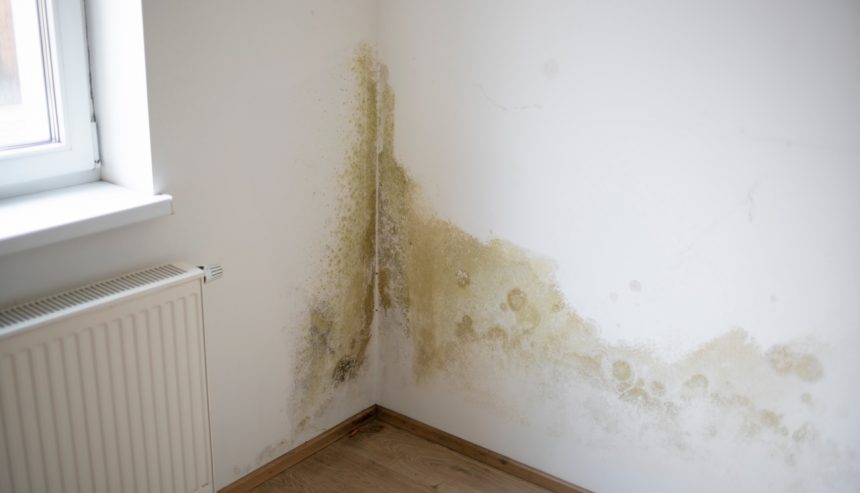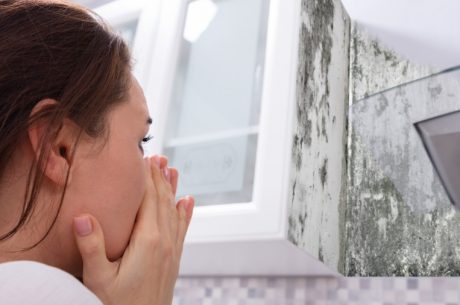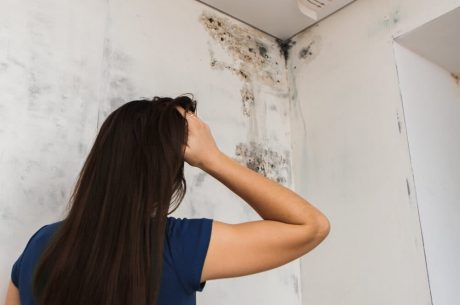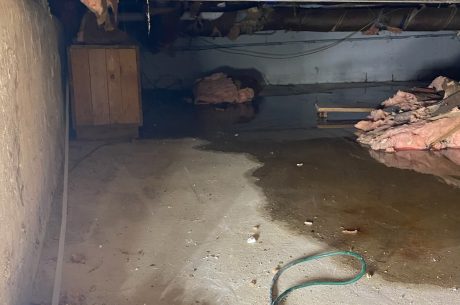Table of Contents
When you think of home safety, air quality might not be the first thing on your mind. But have you ever walked into a room and caught a whiff of something musty, damp, or earthy? You may have just encountered mold. Knowing what mold smells like is the first step in protecting your living space from this silent invader. In this guide, we’ll break down how to recognize mold odors, differentiate them from other smells, and understand when it’s time to call in a professional.
What Does Mold Smell Like?

Mold has a distinctive smell that’s hard to ignore once you know what to look (or sniff) for.
Mold has a distinctive, musty odor that many describe as damp, earthy, or stale — similar to wet socks, rotting leaves, or old paper. The scent can vary based on the type of mold, the surface it’s growing on, and how long it’s been present.
Common descriptions of mold odor:
- Musty or Damp: The most common mold smell — similar to a pile of wet clothes left in the washer too long.
- Earthy: Smells like damp soil or decomposing wood.
- Stale or Dusty: Often noticed in closed-up areas such as attics or basements.
- Sour or Rotten: Especially when combined with bacteria in areas with standing water or decaying organic matter.
Even a faint, persistent odor could signal a hidden mold problem behind drywall, flooring, or air ducts. The key difference between mold smell and regular household odors is persistence — it doesn’t go away even after cleaning or ventilation.
Why Does Mold Smell? The Science Behind the Odor
Mold releases microbial volatile organic compounds (mVOCs) as it grows and digests organic material. These compounds create the recognizable musty smell that lingers in the air. According to the U.S. Environmental Protection Agency (EPA), mVOCs are produced by many types of fungi and may even contribute to health symptoms like headaches, dizziness, or nasal irritation.
So, when you notice that musty odor, it’s not just an aesthetic issue — it’s a chemical sign that active mold growth is happening nearby.
Indicators of Hidden Mold Issues

Sometimes, mold isn’t this visible. Just because you can’t see it doesn’t mean it’s not there.
Mold doesn’t always appear where you can see it. It often hides behind walls, under carpets, or inside HVAC ducts. In Burlington homes, where basements and crawl spaces are common, moisture accumulation makes these areas especially vulnerable.
Look for these red flags:
- Persistent Musty Odor: The most reliable early warning sign.
- Past or Current Water Damage: Leaks, flooding, or condensation create ideal mold conditions.
- Visible Discoloration: Black, green, or white patches on walls or ceilings.
- Condensation on Windows or Pipes: Indicates excess humidity.
- Allergy-Like Symptoms: Sneezing, coughing, watery eyes, or headaches that worsen indoors.
- Worsening Air Quality: Feeling stuffy or congested when entering a particular room.
Can You Identify Mold by Smell Alone?
Smell can be a strong indicator, but it’s not a foolproof diagnostic tool. Different mold species — such as Aspergillus, Cladosporium, or Stachybotrys chartarum (black mold) — produce similar odors. The only way to confirm mold is through a professional inspection or air quality test.
DIY mold test kits exist, but they often provide limited information. A professional can determine the type, source, and spread of the mold — and safely remove it.
When to Seek a Professional Inspection

Sometimes, a mold problem can be too big to handle on your own.
You may be tempted to address mold on your own, especially if you’re dealing with a small spot of visible mold. However, DIY mold removal isn’t always effective, and hidden mold can continue to grow unchecked. So when should you bring in a pro?
- The Smell Won’t Go Away: If you’ve tried cleaning and deodorizing your home, but the musty odor lingers, it’s time to call in an expert. Mold can grow behind walls, under floors, and in other hidden areas, making it challenging to eliminate without professional tools and techniques.
- Extensive Water Damage: If your home has recently experienced flooding or a major leak, mold is likely present. It can spread rapidly after water damage, especially if the area isn’t dried correctly within 24 to 48 hours.
- Health Concerns: If anyone in your household is suffering from unexplained respiratory problems, it could be a sign that mold is in the air. An inspection can help identify if mold spores are affecting your home’s indoor air quality.
Conclusion
If you’ve been asking yourself, “what does mold smell like?”, and you recognize that damp, musty scent in your Burlington home, don’t ignore it. Mold spreads quickly, damages property, and poses real health risks.
Trust PuroClean of Burlington — your local experts in mold removal and property restoration — to inspect, identify, and eliminate the source safely. Call [phone_numer] or visit our website to schedule your professional mold inspection today.
FAQs About Mold Smell
Q1: What does black mold smell like?
Black mold has a strong, musty odor, often described as earthy and stale. It smells similar to decaying wood or wet dirt and tends to be more pungent than other molds.
Q2: Can you smell mold through walls?
Yes. Mold releases airborne compounds that can travel through drywall and vents, so you may notice the smell even if the mold isn’t visible.
Q3: Why does my house smell musty but no mold is visible?
Hidden mold may be growing under flooring, behind walls, or in your HVAC system. Persistent mustiness without a visible source is a sign to schedule a professional inspection.
Q4: How can I remove mold smell naturally?
Cleaning with vinegar or baking soda can temporarily reduce odors, but this won’t remove the source. Professional remediation is necessary to eliminate mold completely.
Q5: Is it safe to stay in a house that smells like mold?
Short-term exposure may not be dangerous for everyone, but it can aggravate respiratory conditions. Long-term exposure, however, can cause health problems — it’s best to have your home tested and cleaned promptly.
Summary
- Mold smells musty, earthy, and persistent, unlike regular household odors.
- The odor is caused by microbial volatile organic compounds (mVOCs).
- Hidden mold often lurks behind walls or under flooring.
- Health symptoms like sneezing or coughing indoors can signal exposure.
- Professional mold remediation ensures safe, thorough cleanup and prevention.



